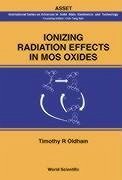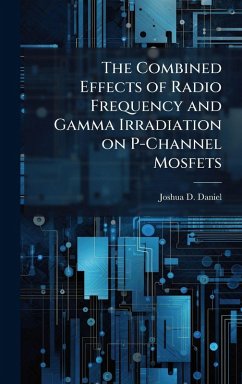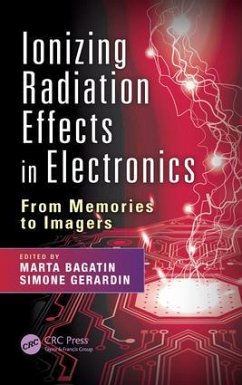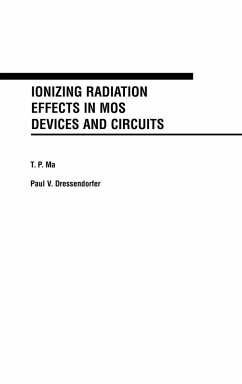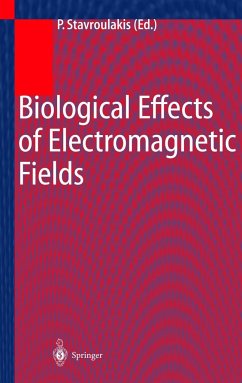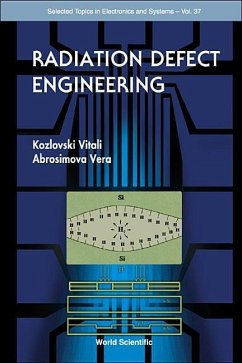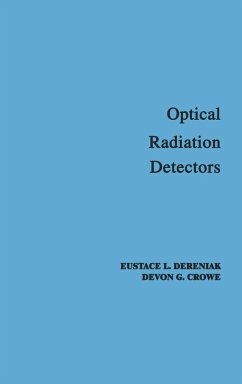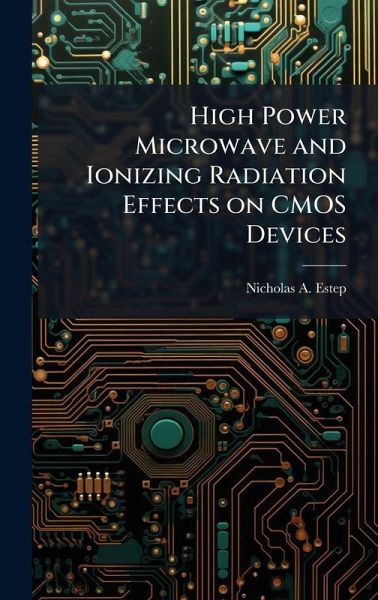
High Power Microwave and Ionizing Radiation Effects on CMOS Devices
Versandkostenfrei!
Versandfertig in über 4 Wochen
29,99 €
inkl. MwSt.
Weitere Ausgaben:

PAYBACK Punkte
15 °P sammeln!
Integrated circuits (ICs) are inherently complicated and made worse by increasing transistor quantity and density. This trend potentially enhances concomitant effects of high energy radiation and local or impressed electromagnetic interference (EMI). The reduced margin for signal error may counter any gain in radiation hardness from smaller device dimensions. Isolated EMI and ionizing radiation studies on circuits have been conducted extensively over the past 30 years. However, little focus has been placed on the combined effects. To investigate the effect of combined EMI and ionizing radiatio...
Integrated circuits (ICs) are inherently complicated and made worse by increasing transistor quantity and density. This trend potentially enhances concomitant effects of high energy radiation and local or impressed electromagnetic interference (EMI). The reduced margin for signal error may counter any gain in radiation hardness from smaller device dimensions. Isolated EMI and ionizing radiation studies on circuits have been conducted extensively over the past 30 years. However, little focus has been placed on the combined effects. To investigate the effect of combined EMI and ionizing radiation, two complementary metal oxide semiconductor (CMOS) inverter technologies (CD4069 and SN74AUC1G04) were analyzed for their static performance in response to EMI and up to 146 kRad(tissue) gamma radiation. The combined EMI and gamma radiation environment, compared to the isolated effects, produced the most severe degradation in inverter performance for both device technologies. This work has been selected by scholars as being culturally important, and is part of the knowledge base of civilization as we know it. This work was reproduced from the original artifact, and remains as true to the original work as possible. Therefore, you will see the original copyright references, library stamps (as most of these works have been housed in our most important libraries around the world), and other notations in the work. This work is in the public domain in the United States of America, and possibly other nations. Within the United States, you may freely copy and distribute this work, as no entity (individual or corporate) has a copyright on the body of the work. As a reproduction of a historical artifact, this work may contain missing or blurred pages, poor pictures, errant marks, etc. Scholars believe, and we concur, that this work is important enough to be preserved, reproduced, and made generally available to the public. We appreciate your support of the preservation process, and thank you for being an important part of keeping this knowledge alive and relevant.



